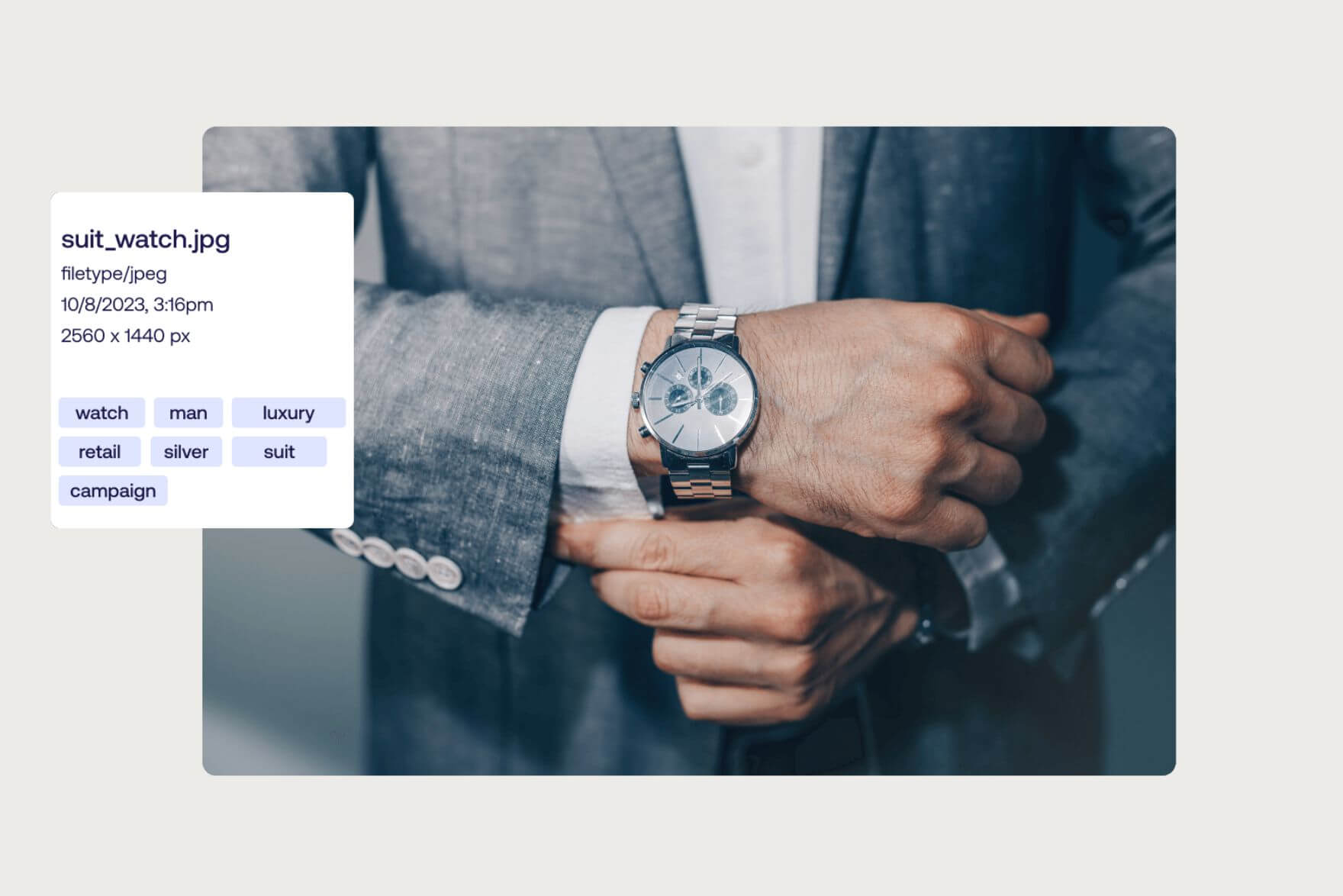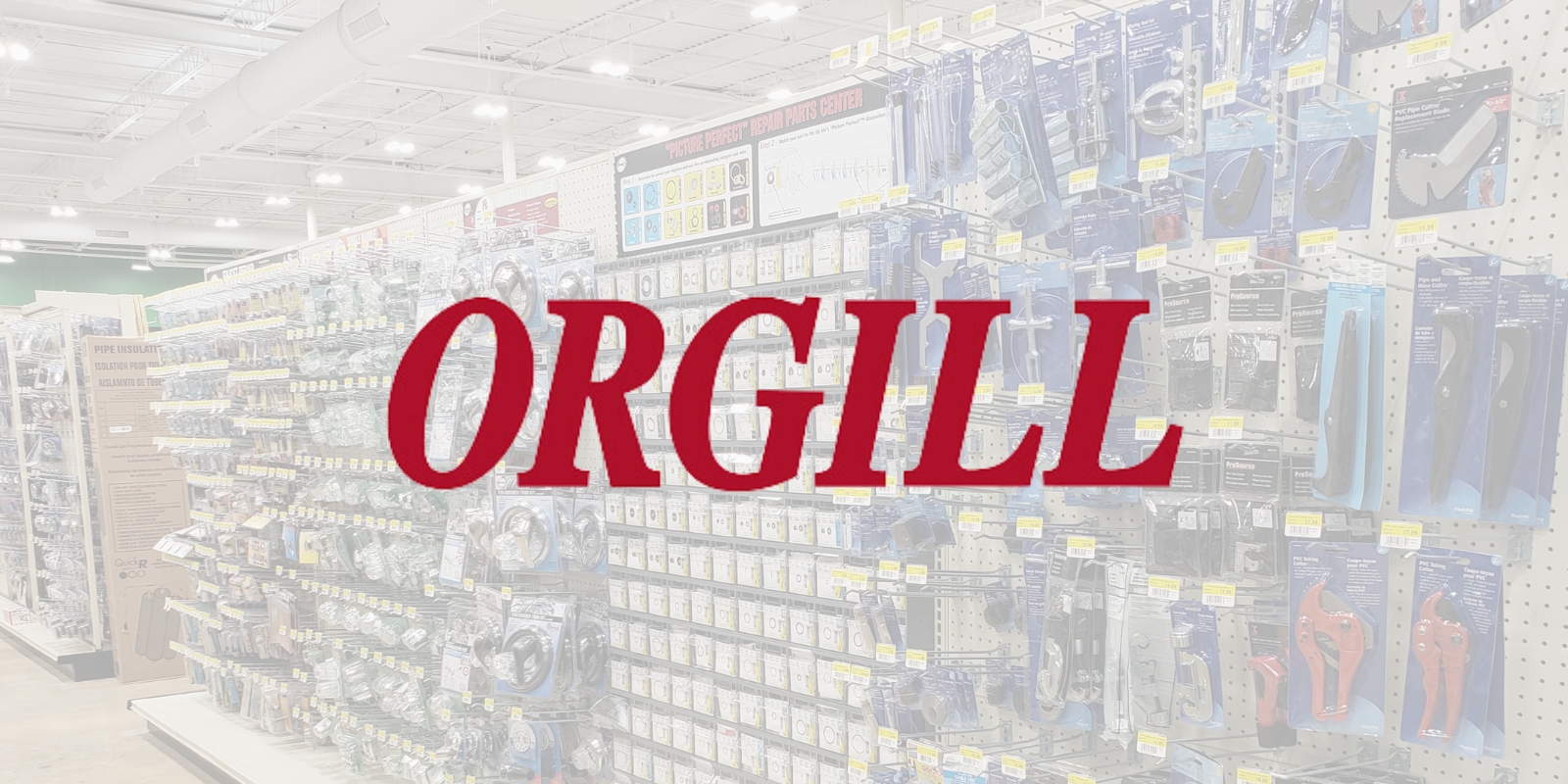
Header image: Yingyaipumi @ Adobe
5 Retail Trends for 2023 and why you need a DAM to support it
The retail industry's digital transformation has been ongoing for several years and, of course, with a boost during the COVID-19 pandemic. We're entering a phase with slightly more unsure markets due to economic changes and war in Europe; households are facing rising mortgage payments, increased food prices, and energy bills - people are left with very little to hit the shops with.
On the bright side, inflation is believed to have reached its peak, and we hope to see this impact at the end of 2023. Shoppers also still actively embrace physical shops, which shows the great need for a balance between traditional in-store retail and online shopping.
Trend #1. In general, we expect online sale growth
Online sales will continue to grow rapidly, driven by the increasing popularity of e-commerce and mobile shopping. Retailers will need to invest in more advanced digital platforms and technologies to effectively reach and engage online shoppers and stay ahead of their competition in a time where we see that the cost-of-living crisis profoundly impacts retail.Trend #2. Omnichannel retail will continue to be important
Omnichannel Retail, which integrates digital and physical retail experiences, will become increasingly important. Retailers must provide customers with a seamless shopping experience, whether online from a desktop or mobile device, by telephone, or in a physical store.
Trend #3. Personalization is key
Retailers will use data and artificial intelligence to provide personalized shopping experiences, including personalized product recommendations and marketing messages. Knowing your customer is vital to provide the right message and product; getting the most out of the marketing budget. Increased use of new technology makes it easier for Retailers to identify and track Personas – the customers leave clues all over the internet to be used intelligently.

Trend #4. Metaverse - no longer science fiction
There’s evident excitement about new business opportunities in the metaverse for retail organizations (including traditional retailers, wholesale, and consumer product manufacturers). Virtual and augmented reality technologies will become increasingly prevalent in the retail industry, allowing retailers to offer immersive and interactive shopping experiences, such as virtual try-ons and product demonstrations. For example, in 2021, Gucci collaborated with Roblox by selling several rare Gucci items on their platform. Other examples are NIKE, selling branded NFTs, and Forever 21 opening a virtual storefront in the metaverse.Trend #5. Live shopping
Social commerce, which involves using social media platforms for shopping, will become increasingly popular as consumers seek to shop directly from social media platforms and retailers look for new ways to reach customers.
COVID-19 accelerated the adoption of live shopping as we still want to see the products live and listen to input from early adopters. A successful live shopping event is based on two key elements: product demos and the opportunity for genuine interaction between the brand and the consumers. Influencers and celebrities are often the stars of the event.
Want to learn more?
These digital trends are expected to shape the retail industry in 2023 and beyond.
Retailers embracing these trends and leveraging technology to enhance the shopping experience will have a competitive advantage in the market.
As you can imagine, this type of strategy will require large amounts of digital content that must be handled both according to user rights, access, and, not least, how quickly you manage to get your products in front of your customers!
LEARN MORE: How Lindex increases speed-to-market with the Fotoware DAM solution
By investing in digital asset management software, retailers can improve their digital content efficiency, enhance the customer experience, increase operational efficiency, protect their brand reputation, and facilitate data-driven decision-making.
Want to learn more?
Talk to one of our experts to discover how we can streamline your organization's content workflows.


